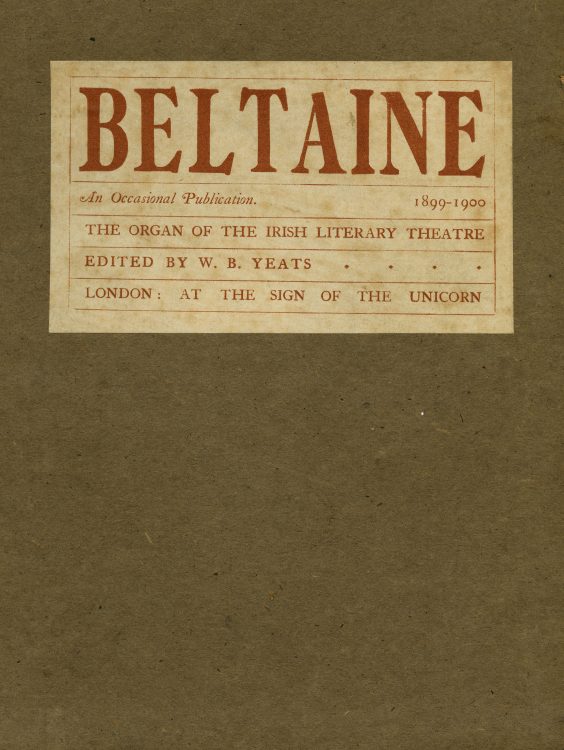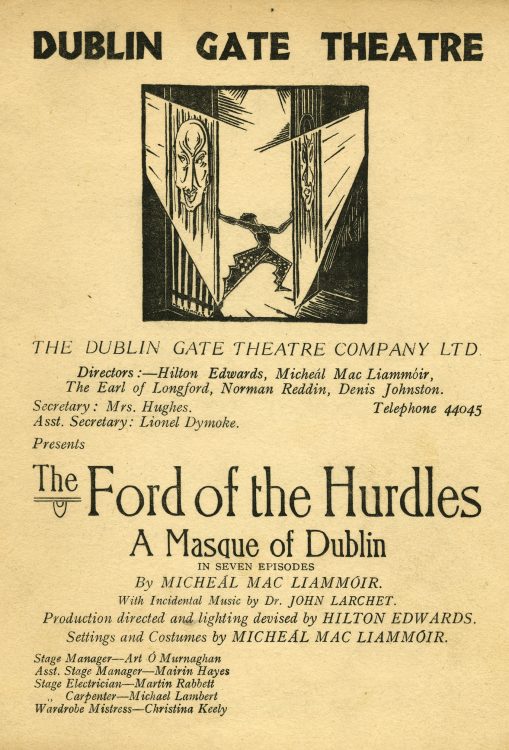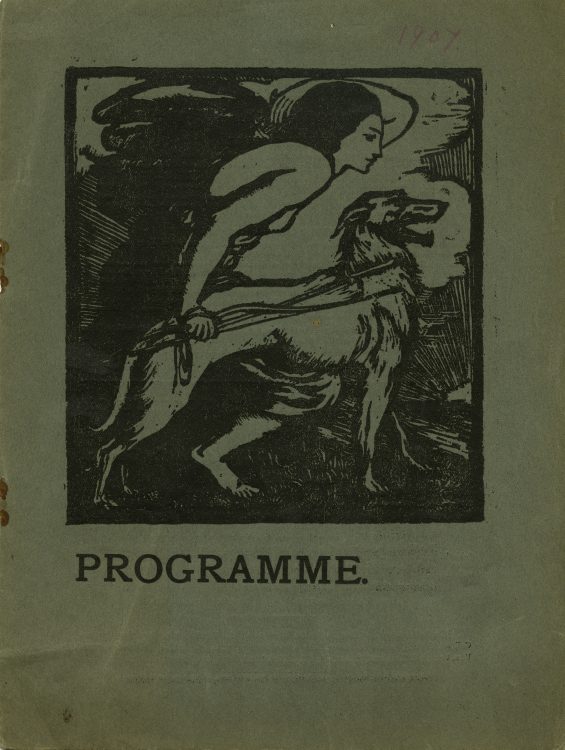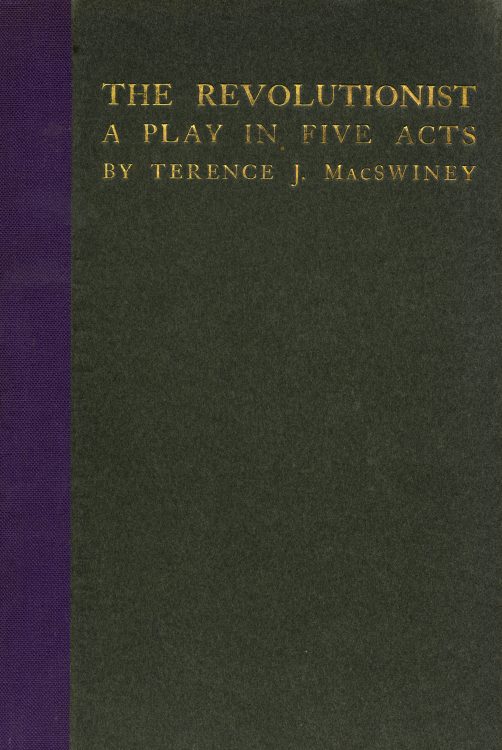The Irish Literary Theatre was an experiment designed to stage plays of a characteristically Irish nature and was inspired by the independent theatre movements of the continent and J.T. Grein’s Independent Theatre (where George Bernard Shaw had had his first London production).W.B. Yeats, Lady Augusta Gregory, George Moore, and Edward Martyn launched the Irish Literary Theatre in 1899 with productions in Dublin of Yeats’s The Countess Cathleen and Martyn’s The Heather Field. In 1901, the Irish Literary Theatre produced Hyde’s Casadh an tSugain (The Twisting of the Rope), its first play in Gaelic, which set the foundation for rural comedies—a major contribution of the Irish dramatic movement to international theatre. W.G. Fay’s The Irish National Dramatic Society staged Yeats’s first prose plays in the folk style Cathleen ni Houlihan and The Pot of Broth in 1902; Fay’s company and the Irish Literary Theatre merged in 1903 to form the Irish National Theatre Society. J.M. Synge emerged on the scene in 1903, bringing a completely new voice and revealed, as Irish scholar Robert Hogan noted, “the latent possibilities of what was and still is widely accepted as an Abbey play.”
The Abbey Theatre was inaugurated in 1904 and became the national theatre. Its productions depicting Irish life raised ire from audiences and colleagues alike. Riots broke out after some productions, most notably after the 1907 debut of J.M. Synge’s Playboy of the Western World and Sean O’Casey’s The Plough and the Stars (1926). In creating a modern Irish theatre, the Abbey’s playwrights aimed to critique sentimentality and unquestioned romantic nationalism. But audiences disapproved of satire that was perceived as negative portrayals of Irish people. In 1925, the Abbey became the first state-subsidized theatre in the English-speaking world.
W.B. Yeats edited and published several little magazines between 1901 and 1908 that brought together his thoughts on Irish culture and the state of Irish theatre. He was faced with the difficult task of engaging intellectual readers while promoting its purpose of a national theatre to a wide audience. Beltaine (1899-1900), Samhain (1901-1908) and The Arrow (1906-1909) generally included reviews, critical essays, plays in Gaelic with English translations, and news on the Irish Literary Theatre—and later the Abbey. Contributors included Yeats himself, Lady Augusta Gregory, Douglas Hyde, J. M. Synge, and Alice Milligan.
Beltaine. London: At the Sign of the Unicorn, 1899-1900.
Mark Samuels Lasner collection
MacSwiney, Terence. The revolutionist: a play in five acts. Dublin, London, Maunsel and Company Ltd., 1914.







